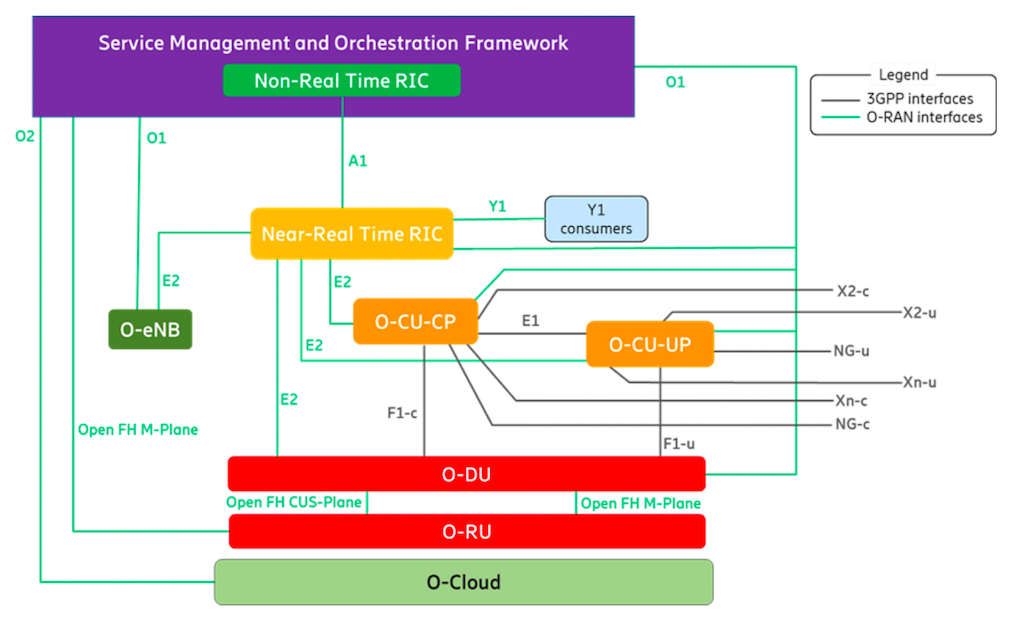This is the eighth blog in a series of weekly posts that focuses on highlights from the “Open Source Near-RT RIC Comparison v1.0” report by Rimedo Labs.
Introduction
Open source licensing is an important factor when selecting a Near-Real-Time RAN Intelligent Controller (Near-RT RIC) for Open Radio Access Network (O-RAN) deployments. Licensing governs how the software can be used, modified, and redistributed, impacting compliance, commercial adoption, and ecosystem collaboration.
This blog post focuses on the licensing policies of Aether SD-RAN, an open-source Near-RT RIC framework governed by a permissive license that enables flexibility and encourages innovation. Insights are drawn from Section 3.3 of the ‘Open Source Near-RT RIC Comparison v1.0’ report by Rimedo Labs. For a broader comparison across multiple Near-RT RIC implementations, the full report offers additional context.
Why Licensing Matters in Near-RT RIC
A Near-RT RIC’s license affects:
- Commercial Adoption: Whether the software can be used in proprietary products.
- Code Modifications: How code contributions and extensions are governed.
- Compliance with Open Source Policies: Ensuring consistency with enterprise and legal requirements.
- Collaboration and Ecosystem Growth: The ease with which diverse stakeholders can contribute and integrate the software.
Let’s examine how Aether SD-RAN addresses these aspects through its licensing.
Aether SD-RAN: Apache 2.0 Licensing Benefits
Aether SD-RAN is released under the Apache License 2.0, a permissive open source license that provides wide latitude for use and customization. This licensing model brings several important advantages:
1. Commercial Adoption Flexibility
Organizations can integrate Aether SD-RAN into proprietary or commercial solutions without the obligation to open source derivative works. This encourages:
- Broader industry participation.
- Customization to closely with operator needs.
- Integration into vendor-specific platforms and offerings.
2. Freedom to Modify and Extend
Under the Apache 2.0 license, developers are free to:
- Modify the codebase for their own use cases.
- Build new functionality without needing to contribute changes back (though contributions are welcomed).
- Choose their own licensing model for derivative works.
This freedom promotes innovation while respecting organizational IP strategies.
3. Open Collaboration Without Barriers
The license allows for low-friction collaboration among stakeholders, including:
- Network operators
- Cloud service providers
- Academic institutions
- Research labs and system integrators
With no copyright restrictions, contributions can be made openly or privately, enabling a balance between community and commercial interests.
4. Compatibility with Cloud-Native and Enterprise Policies
Apache 2.0 is widely accepted by legal and compliance teams across industries, which:
- Reduces adoption barriers in regulated sectors.
- Simplifies integration into CI/CD pipelines and enterprise DevOps environments.
- Aligns with modern cloud-native and software-defined infrastructure philosophies.
Conclusion
Aether SD-RAN’s use of the Apache 2.0 license provides a foundation for flexible deployment, commercial readiness, and open collaboration. It enables both innovation and adoption, making it well-suited for a wide range of diverse O-RAN initiatives.
For More Information
- For those seeking a deeper comparison across open-source Near-RT RIC implementations, refer to the “Open Source Near-RT RIC Comparison v1.0” by Rimedo Labs.
- Register to join us for a webinar on May 27th where we will be discussing the benefits of Open RAN and results of third party testing of Aether’s O-RAN compliant Near-Real-Time RAN Intelligent Controller by Rimedo Labs.
- Sign-up for the Aether Newsletter to stay up-to-date about news and events across the Aether community.

